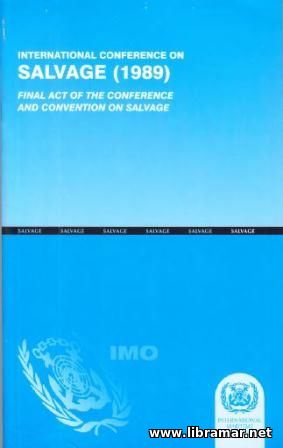 This is the official publication by the International Maritime Organization. The text of the subject Convention is preceded by the text of the Final Act as stated in the title of the document. These two parts make the main portion of the publication. There are three attachments to the main part.
The first attachment provides clarification on the Articles 13 and 14 of the Convention, and the second one contains the resolution related to the York-Antwerp Rules. Finally, the closing part of the book deals with the international cooperation for the purpose of effective implementation of the provisions of the Convention. In the text of this document, the term salvage shall be understood as the activity that is taking place to provide assistance to a ship of other facility being in danger at sea.
This and other important terms are explained in the first article of the Convention. The second article provides information on the application of the Convention; it shall be noted that it is not applicable to the offshore facilities, such as the mobile drilling units and platforms. The publication shall be read and understood by everyone engaged in the maritime shipping industry of today, as necessary.
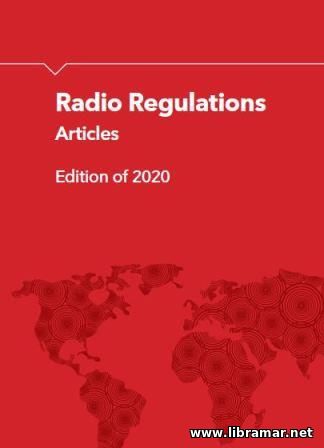 Here is the set of four books containing the radio regulations. The first book contains the articles released by the ITU and provides information about the terminology, technical characteristics, interferences and frequencies, provisions for the radio stations and associated services, including administrative ones, maritime and aeronautical services, communications, frequency assignments etc.
The second volume deals with the numerous appendices, such as those on emission classification, harmful interference reports, figure code, system specifications, calculation methods and so many others. The third volume addresses the relevant resolutions and recommendations, including the notification of frequency assignments, equitable use of the orbits, radio-frequency management, personal application of the global satellite systems, cooperation and technical assistance of the countries in the field of radio and satellite communication, unauthorized uplink transmissions etc.
Finally, the fourth volume contains the recommendations incorporated by reference, including but not limited to standard frequency and time-signal emissions, calculating free-space attenuation, protection criteria for the related measurements, propagation by diffraction, established radiotelephony procedures and others.
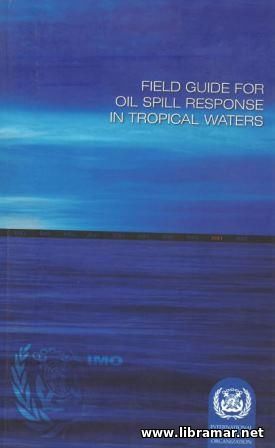 This IMO publication is dealing with the oil spill responses. Even despite a huge number of guidelines and manuals available today on the subject matter, they mostly cover the arctic and temperate waters. The present publication will be beneficial to the people involved in responding to the oil spills that occur in the tropical areas. The information is intended to be applied when preparing the appropriate response strategies.
The idea is to provide them with the necessary info and instructions on the necessary response measure and what should be avoided in such cases. There is some supplementary information included, for example relevant techniques, fate of the oil spilled, marine habitats etc. all of the principles described in this publications have been worked out on the basis of the real life case studies as well as the results of the experiments reported earlier.
Since each spill features its particular characteristics, the information contained in the book shall be treated as guidance and not strict must-follow instructions, and due and reasonable flexibility shall be maintained at all times. The content covers the initial procedures, response actions, and all materials and equipment used.
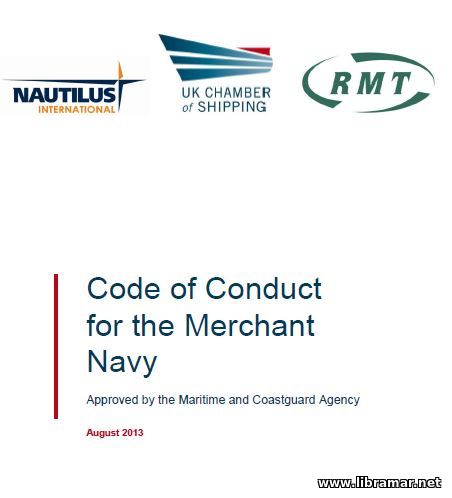 The content of the present Code of Conduct was developed by the several internationally recognized entities equally respected in the world of the maritime shipping, and was approved by the MCA, standing for the Maritime and Coastguard Agency. Make sure you get yourself fully familiarized with the document. The Code is intended to set out the most important disciplinary rules as well as the established procedures applying when employing to work on the vessel.
The seafaring is commonly referred to as the occupation imposing certain requirements on the mariners, ones you would hardly find on any land-based works. For example, the seafarers normally spend their time in the enclosed environment, sharing this confined space with the others, and this makes them a bit more vulnerable to all stresses that the everyday life causes to the people working ashore.
Well, and this is where and when the good behavior and due discipline become of particular importance, directly affecting the living and working atmosphere. The main idea of the authors of the present Code was to set out the rules that would clearly reflect the behavioral standards; the compliance with the subject standards is expected from all people on board ship.
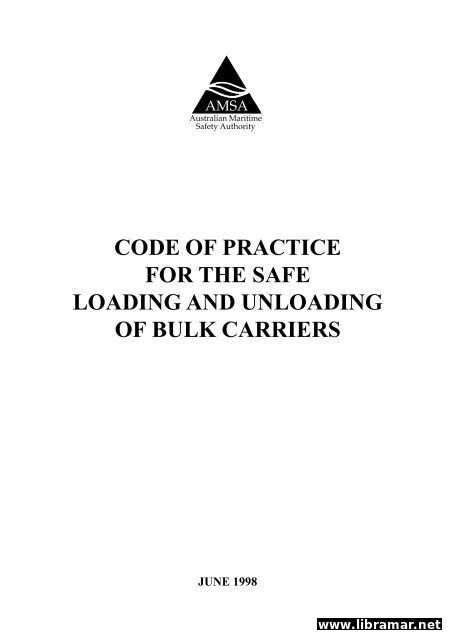 The IMO introduced and adopted numerous safety measures that were designed in order to improve the bulk carrier safety, and that was after so many incidents had taken place, some of which involving total loss of the ships and even human lives. The subject measures included the important requirements intended to improve the overall strength as well as the technical maintenance of the bulk carriers, provided necessary guidance for inspecting these vessels during their stay at terminals, etc.
In addition to that, they covered the entire process of loading and discharging of the bulk cargo. All of the requirements have been reflected in the present Code which is considered to be of utmost importance for the safety of bulk carrier operation, due to the comprehensive coverage of all aspects. The publication will give a pragmatic and true framework for the risk management; note that the grain cargo is not covered.
The topics addressed include the transfer of the cargoes, handling the ballast, ship-shore interaction procedures and many others. The content was developed based on the valuable contributions provided by the ship owners, terminal operators and several other parties involved.
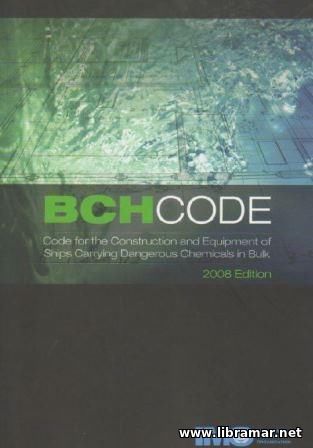 The main objective of the BCH Code is to present the internationally recognized and applied standard related to the safe maritime transportation of the different noxious and dangerous goods in bulk, covering all tonnages through the development and implementation of the constructional features of the vessels. The main idea is to classify the tankers according to the degree of the hazard implied by the carriage of the particular substances, depending on its properties.
It should be noted that each of the substances transported by sea can have more than one hazard properties, for example, they can be toxic, flammable etc. Moreover, they can present hazard to the marine environment in case of their accidental release. During the entire process of developing the provisions of the subject Code it was taken into account that they should be based on the fundamental principles of the naval architecture and marine engineering.
In addition to that, the recent technological advances were also considered. Due to the rapidly developing field, the IMO reviews the Code on a regular basis to make sure that all of them have been duly considered. The document is mainly dealing with the design of the ship and the shipboard equipment and arrangements.
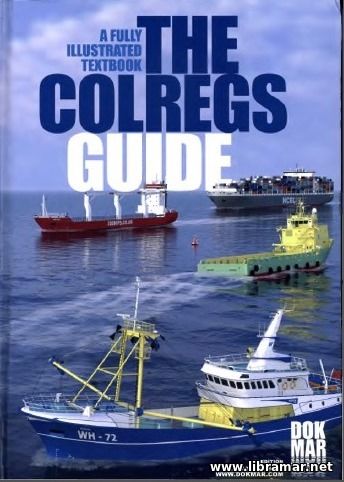 The fourth edition of the world popular guide to ColRegs by Klaas van Dokkum, author of the famous Encyclopedia. In fact, learning the ColRegs itself should not preset the students with any significant problems. After satisfactory passing of the exams and tests they have the feeling that the ColRegs and ship maneuvers for giving way are not that complicated and hold no secrets.
Studying some of the other aspects of the nautical science often requires much more effort than it is usually required for mastering the ColRegs. However, the busy channels will demand a completely different approach to the applying the Rules. In the present document each of the Rules has its own page, while on the next page the accompanying amplifications are provided. The rulebook is arranged in five major parts. The first part provides general information including application of the rules and responsibility of the parties, plus general definitions used throughout the document.
The part B contains the steering and sailing rules, while the third part addresses the lights and shapes. In turn, the last two parts are combined in one dealing with the sound signals and exemptions that the ship may be granted. Four annexes provide some supplementary information of positioning and technical details of navigation lights and shapes, additional signals to be used by fishing vessels, details of the sound appliances and distress signals.
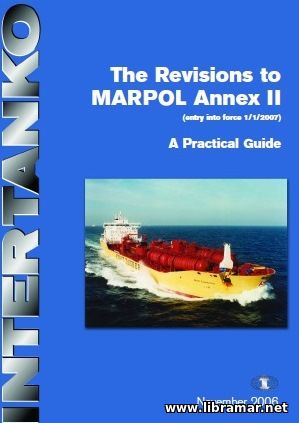 It is well known that the marine transportation of chemical substances is logistically and technically totally different from transportation of crude oil and oil products. Chemical carriers are much more advanced from technical point of view. Their cargo may be noxious and/or hazardous chemicals of very high value and transportation of such cargoes will require sophisticated handling in order to provide safety, health and loss prevention.
Since such vessels are very complex, they are more robust in comparison to regular bulk carriers. The huge number of cargo tanks, complex cargo operating systems and supply of deck services make it possible for chemical carriers to transport quite a wide range of various substances in accordance with the IMO IBC/BCH Code requirements. The chemical goods transported by sea require thorough and very careful consideration in the process of the planning and their loading on board.
Some of them can be sensitive to the temperature while others are presented in a form of the semi-gas; moreover, some of those cargoes can react with each other, and this all creates so many additional difficulties and risks associated with the marine transportation of such goods. That is why the main preliminary checks are to be made as necessary of the chemical vessel type, coating in the tanks, environmental controls such as inerting, cross-compatibility with any other carried cargo etc.
« 1 2 ... 12 13 14 15 16 ... 24 25 » |







